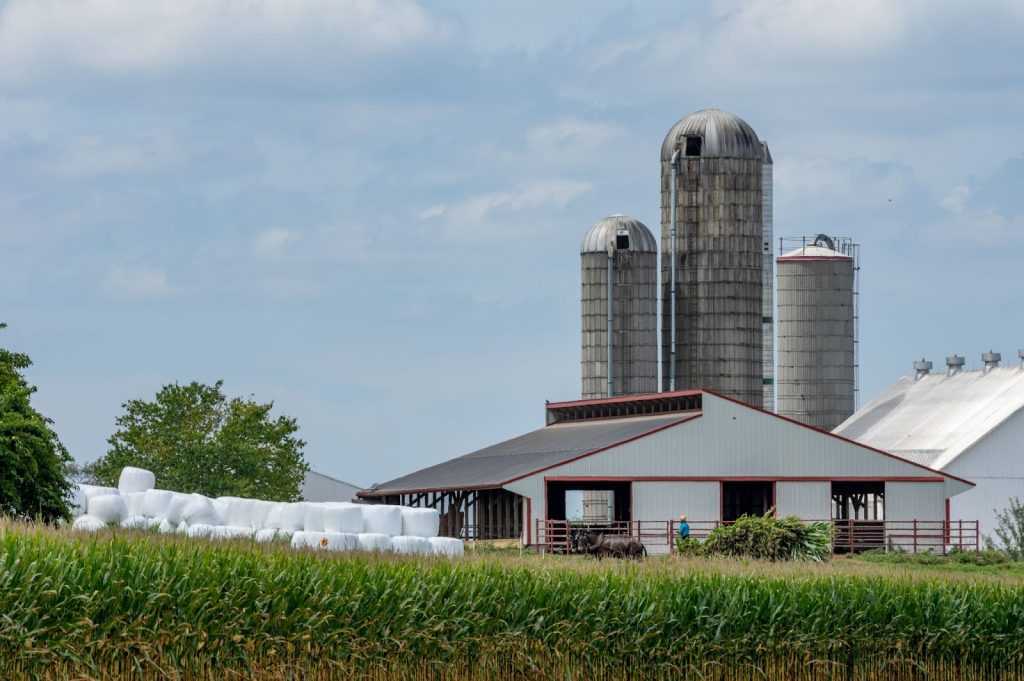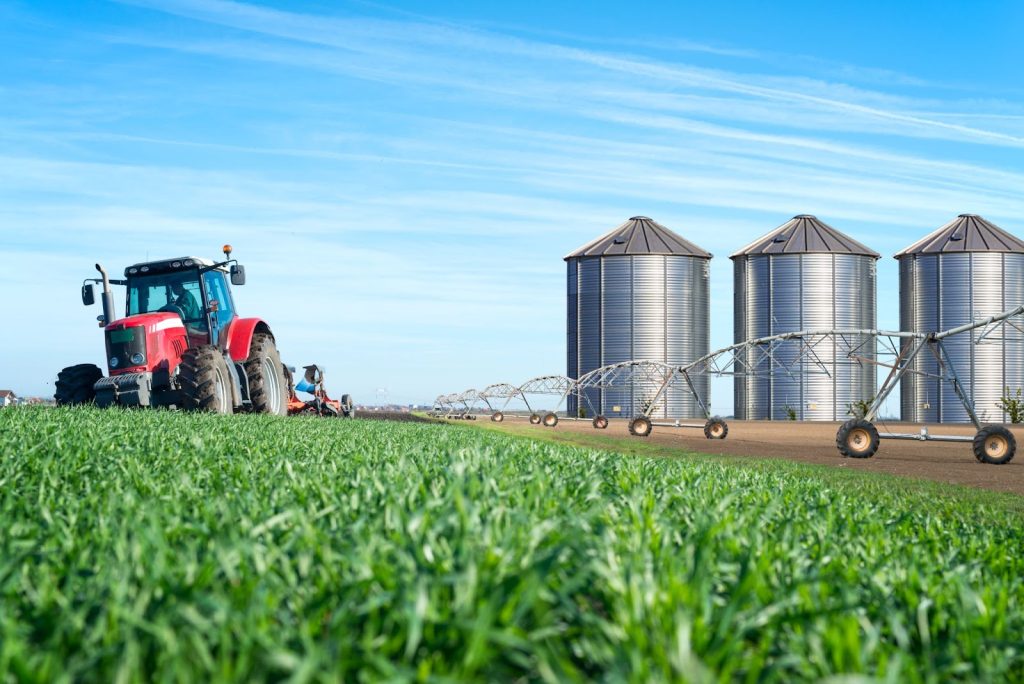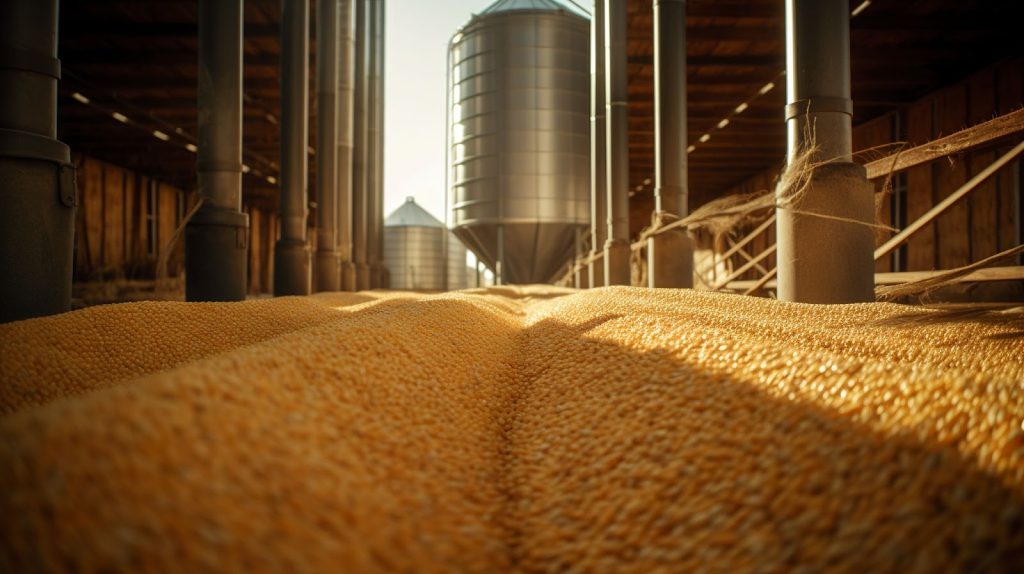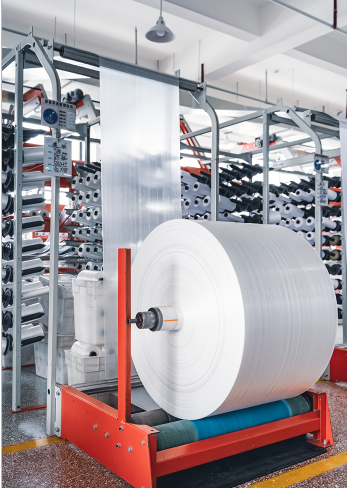Не все сооружения для хранения зерна служат одной и той же цели, и понимание разницы между силосом и зернохранилищем может спасти ваш урожай и бюджет.
Хотя оба варианта широко распространены на фермах, каждый из них играет совершенно разную роль в хранении урожая.
От типа хранимого зерна до контроля влажности и стоимости — выбор правильной системы может иметь большое значение как для малых, так и для крупных фермерских хозяйств.
В этом руководстве на практике разбирается сравнение силоса и зернохранилища, особенно для фермеров, которые хотят оптимизировать хранение зерна на ферме.
Мы также представим современные альтернативы, такие как мешки FIBC (также называемые Tone Bags), которые меняют способ хранения зерна на фермах — как крупных, так и мелких.

Когда люди спрашивают: «Что такое силос?», они часто представляют себе высокие цилиндрические бетонные или металлические конструкции, которые можно встретить на крупных фермах.
Силосы предназначены для хранения материалов с высоким содержанием влаги, таких как силос или ферментированные корма, но некоторые из них также используются для хранения зерна.
Их главное преимущество заключается в герметичной конструкции, что делает их идеальными для анаэробного хранения, позволяющего сохранять содержимое в течение более длительного времени.
Зерновые бункеры представляют собой большие круглые стальные контейнеры с конической крышей и плоским дном.
Они созданы для эффективного хранения сухих культур и обычно используются для таких культур, как кукуруза, соя и пшеница.
Большинство зернохранилищ оборудованы системами аэрации и вентиляторами для предотвращения накопления влаги — важнейшей особенностью при хранении кукурузы и других зерновых культур, которые должны оставаться сухими, чтобы избежать порчи.
| Особенность | Силос | Зерновой бункер |
| Основное использование | Хранение с высокой влажностью (например, силос) | Хранение сухого зерна |
| Форма и структура | Высокий и узкий | Короткий и широкий |
| Материал | Бетон, сталь | Гофрированная сталь |
| Система вентиляции | Редко включено | Необходим для сохранения зерна |
| Продолжительность хранения | Долгосрочный | Краткосрочные и среднесрочные |
| Обслуживание | Выше | Полегче |
| Доступность | Более сложный | Более легкая загрузка и разгрузка |
Короче говоря: если вам нужно хранить влажный, ферментированный материал, выбирайте силос. Однако для сухого зерна и более легкого управления зерновые бункеры часто являются лучшим выбором.
Хранение зерна в небольших фермерских хозяйствах: Небольшие фермы могут посчитать строительство полноразмерных зернохранилищ или силосов невыгодным. В таких случаях гибкие и масштабируемые системы хранения, такие как мешки FIBC, являются практичным решением.
Крупные фермы: На крупных фермах для хранения сухого урожая обычно используют зерновые бункеры, а для хранения кормов или ферментированных материалов — силосы.

Планирование хранилища зерна на ферме требует учета нескольких важных факторов.
В дополнение к стационарным системам хранения, все больше фермеров обращаются к переносным, штабелируемым зернохранилищам, которые не требуют постоянной установки. Вот где в игру вступают мешки FIBC, также называемые Tone Bags.
Мешки FIBC (гибкие контейнеры средней грузоподъемности для массовых грузов) представляют собой большие, прочные тканые изделия. полипропиленовые мешки используются для хранения и транспортировки сухих материалов, особенно зерна.
Для малых и средних предприятий эти мешки становятся предпочтительным выбором как для основного, так и для резервного хранения зерна на ферме.

XIFA — надежный оптовый продавец оптовой упаковки, предлагающий Высококачественные мешки FIBC разработаны специально для сельского хозяйства.
Их многотонные сумки изготовлены из прочной тканой ткани, опционально имеют подкладку для защиты от влаги и оснащены подъемными петлями для удобства переноски.
При минимальном объеме заказа в 1000 единиц XIFA гарантирует фермерским хозяйствам и сельскохозяйственным предприятиям стабильное качество в любых масштабах.
Независимо от того, управляете ли вы небольшой фермой или управляете сотнями гектаров, мешки XIFA могут стать экономичным дополнением или даже альтернативой традиционным бункерам и силосам.
До появления современных систем хранения стандартными были амбары и зернохранилища.
В амбарах зерно часто хранилось в мешках или насыпью, а в зернохранилищах были приподнятые деревянные или каменные полы, защищавшие от грызунов и влаги.
Сегодня они по-прежнему полезны для хранения зерна на небольших фермах, но большинство из них были заменены или дополнены бункерами, силосами или мешками.

При выборе силоса или зернохранилища контекст имеет значение. Тип зерна, уровень влажности, климат, размер фермы и бюджет играют свою роль.
Но вам не обязательно выбирать что-то одно. Многие фермы теперь комбинируют системы хранения — например, бункеры для длительного хранения, мешки FIBC для переполнения или мобильности и силосы для специальных кормов.
Благодаря мешкам FIBC от XIFA фермерские хозяйства теперь имеют простой и масштабируемый способ управления хранением зерна — что особенно полезно, когда требуется быстрое расширение или краткосрочные решения.




